Jin Kwak
Generative Adversarial Networks for Malware Detection: a Survey
Feb 24, 2023Abstract:Since their proposal in the 2014 paper by Ian Goodfellow, there has been an explosion of research into the area of Generative Adversarial Networks. While they have been utilised in many fields, the realm of malware research is a problem space in which GANs have taken root. From balancing datasets to creating unseen examples in rare classes, GAN models offer extensive opportunities for application. This paper surveys the current research and literature for the use of Generative Adversarial Networks in the malware problem space. This is done with the hope that the reader may be able to gain an overall understanding as to what the Generative Adversarial model provides for this field, and for what areas within malware research it is best utilised. It covers the current related surveys, the different categories of GAN, and gives the outcomes of recent research into optimising GANs for different topics, as well as future directions for exploration.
Improving Multilayer-Perceptron(MLP)-based Network Anomaly Detection with Birch Clustering on CICIDS-2017 Dataset
Aug 20, 2022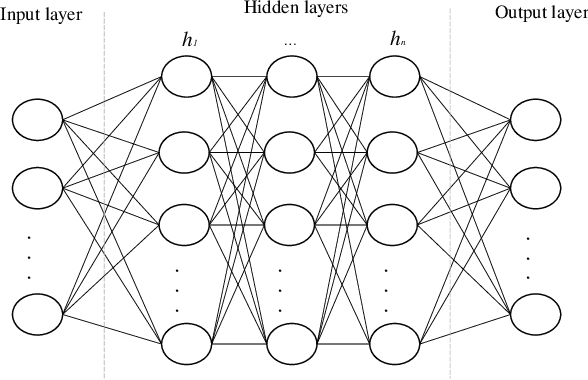
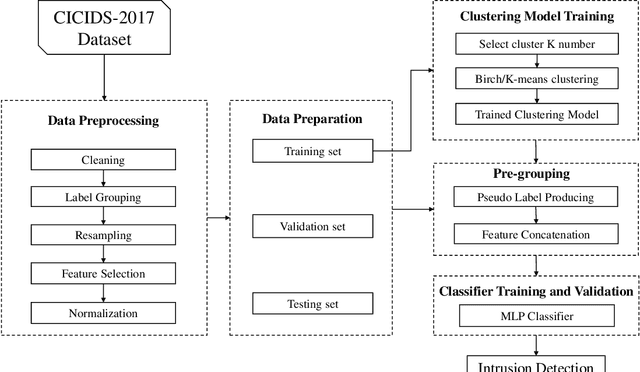
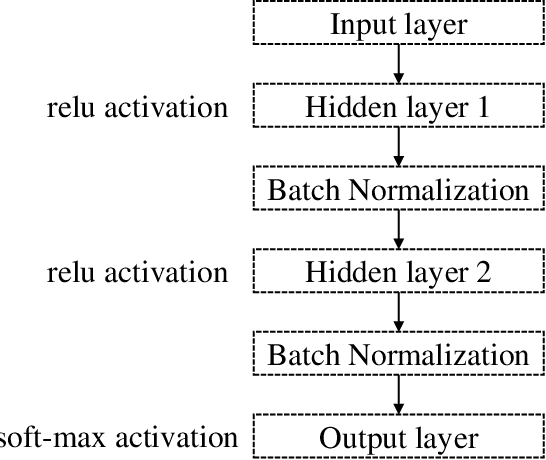
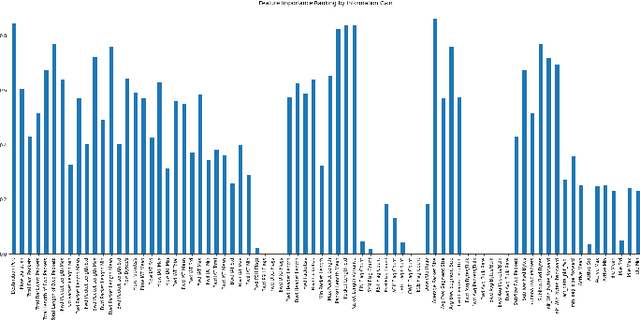
Abstract:Machine learning algorithms have been widely used in intrusion detection systems, including Multi-layer Perceptron (MLP). In this study, we proposed a two-stage model that combines the Birch clustering algorithm and MLP classifier to improve the performance of network anomaly multi-classification. In our proposed method, we first apply Birch or Kmeans as an unsupervised clustering algorithm to the CICIDS-2017 dataset to pre-group the data. The generated pseudo-label is then added as an additional feature to the training of the MLP-based classifier. The experimental results show that using Birch and K-Means clustering for data pre-grouping can improve intrusion detection system performance. Our method can achieve 99.73% accuracy in multi-classification using Birch clustering, which is better than similar researches using a stand-alone MLP model.
IGRF-RFE: A Hybrid Feature Selection Method for MLP-based Network Intrusion Detection on UNSW-NB15 Dataset
Mar 30, 2022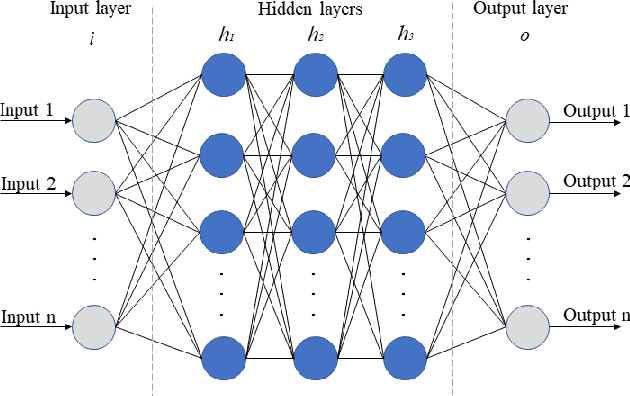
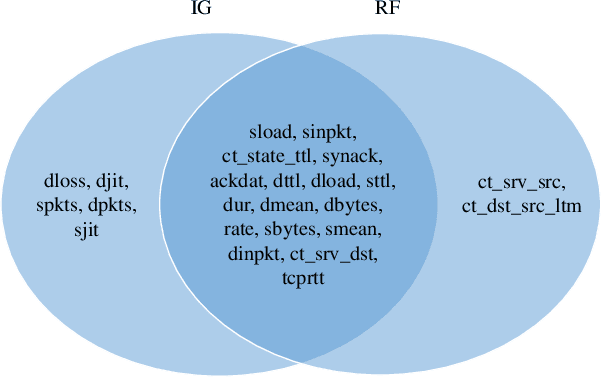
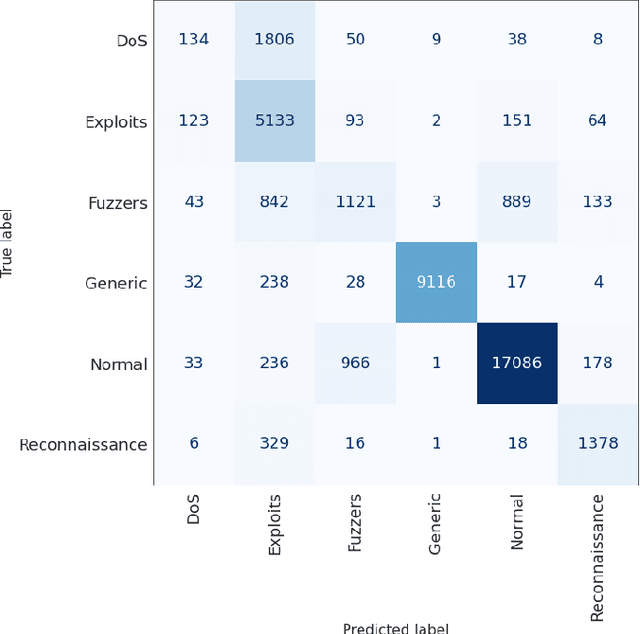
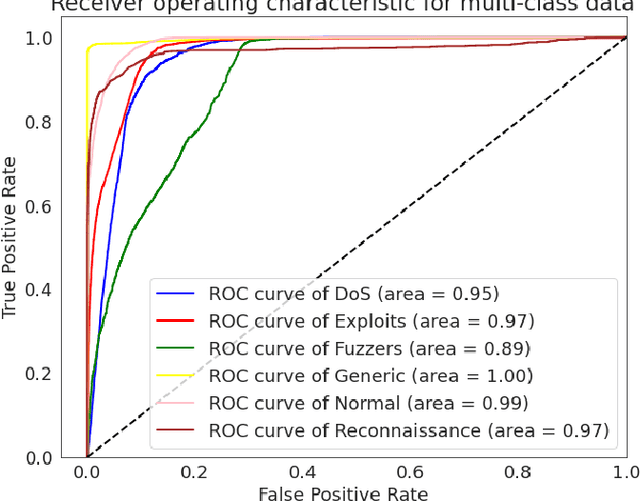
Abstract:The effectiveness of machine learning models is significantly affected by the size of the dataset and the quality of features as redundant and irrelevant features can radically degrade the performance. This paper proposes IGRF-RFE: a hybrid feature selection method tasked for multi-class network anomalies using a Multilayer perceptron (MLP) network. IGRF-RFE can be considered as a feature reduction technique based on both the filter feature selection method and the wrapper feature selection method. In our proposed method, we use the filter feature selection method, which is the combination of Information Gain and Random Forest Importance, to reduce the feature subset search space. Then, we apply recursive feature elimination(RFE) as a wrapper feature selection method to further eliminate redundant features recursively on the reduced feature subsets. Our experimental results obtained based on the UNSW-NB15 dataset confirm that our proposed method can improve the accuracy of anomaly detection while reducing the feature dimension. The results show that the feature dimension is reduced from 42 to 23 while the multi-classification accuracy of MLP is improved from 82.25% to 84.24%.
 Add to Chrome
Add to Chrome Add to Firefox
Add to Firefox Add to Edge
Add to Edge